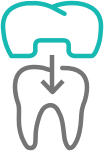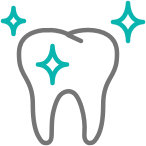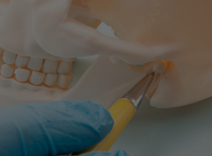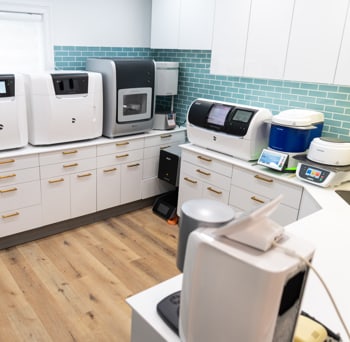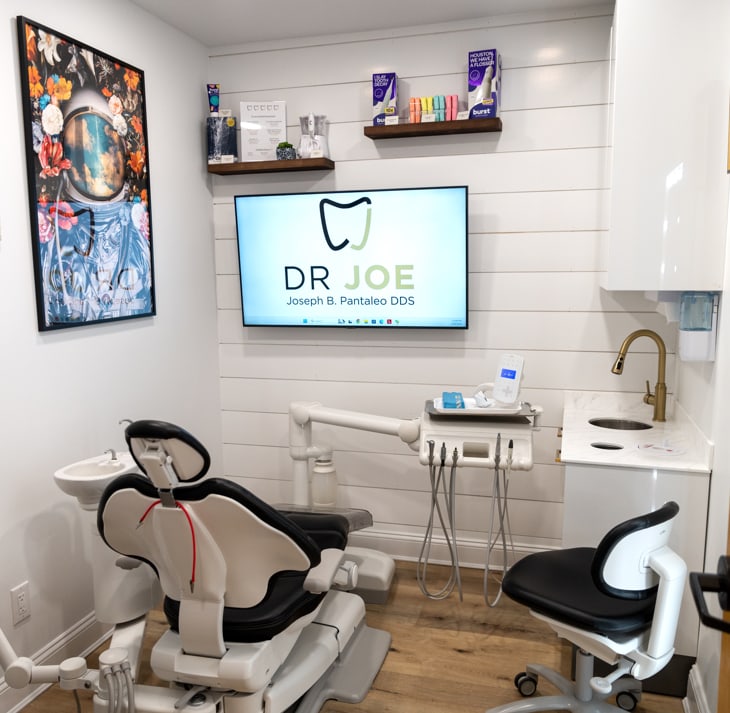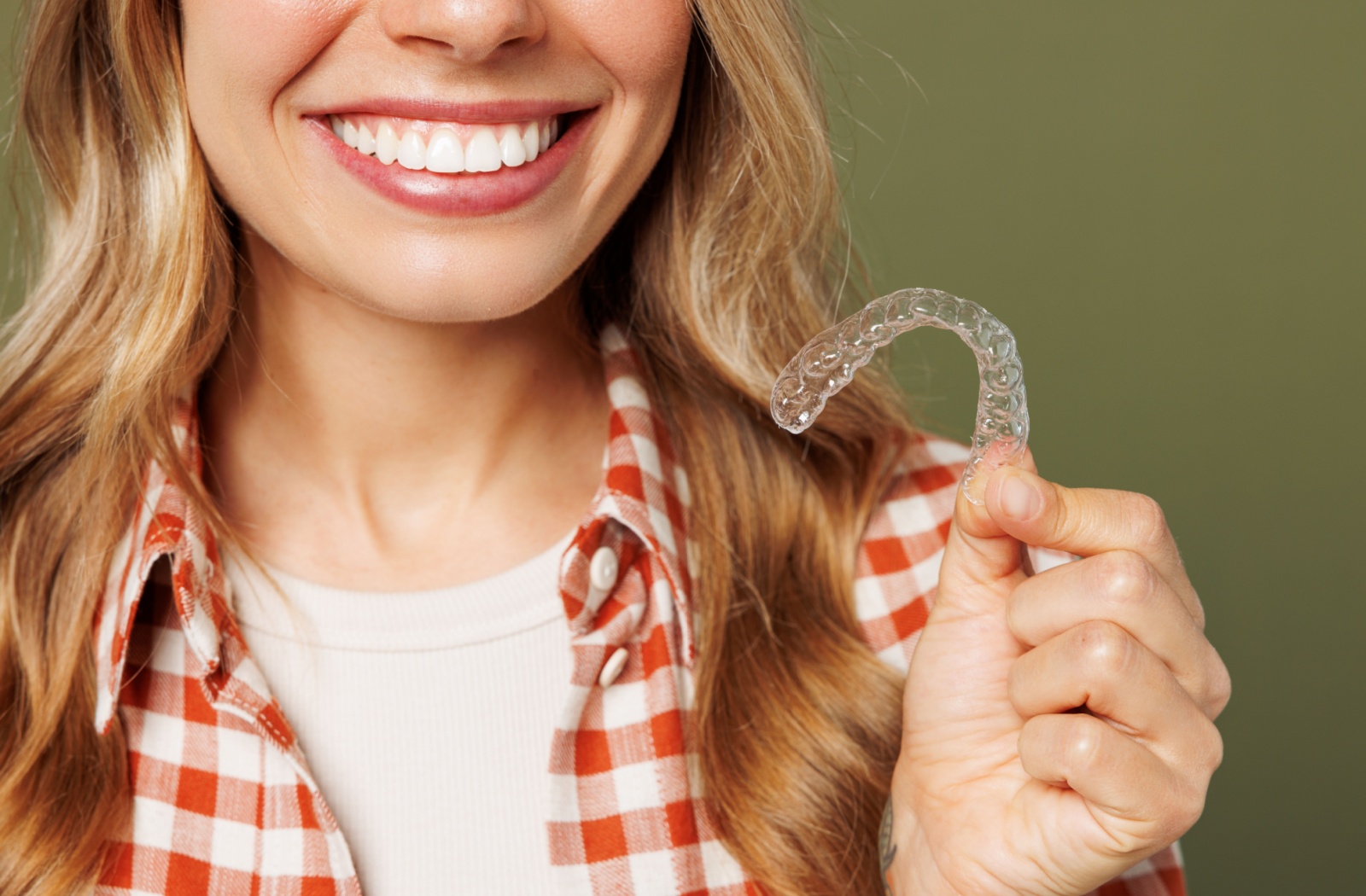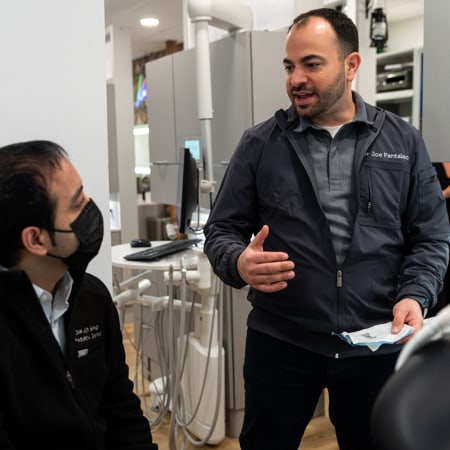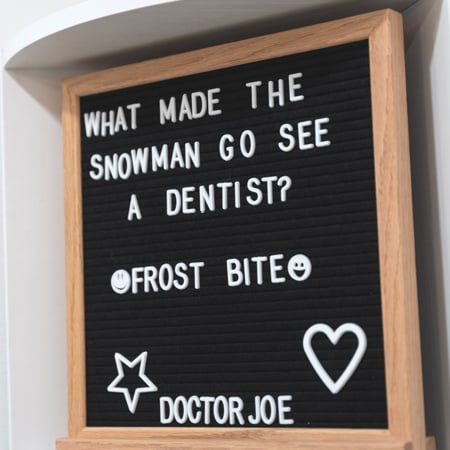Invisalign has changed orthodontics, offering a discreet and comfortable alternative to traditional braces. You may already know their effectiveness when managing crooked teeth, but that’s not the only issue Invisalign can address.
While braces have long been a go-to solution for overbites, Invisalign can correct mild to moderate overbites. Not only can an overbite affect your smile’s aesthetic appeal, but it can also lead to jaw stress, tooth damage, and gum problems. Your dentist can help you discover if Invisalign can work for you.
What Is an Overbite?
An overbite is a type of malocclusion of the teeth characterized by the upper teeth protruding over the lower teeth when the mouth is closed. This natural overlap is often a normal part of dental alignment, but it can lead to various complications when it becomes excessive.
Overbites are generally classified into 2 main categories:
- Skeletal overbites: The underlying jaw structure significantly contributes to the overlap.
- Dental overbites: This type arises primarily from the teeth’ positioning.
Several factors can lead to an overbite, including genetics, thumb-sucking during childhood, or prolonged pacifier use. Not all overbites are the same. Some may require only simple adjustments, but others could need more comprehensive orthodontic treatment to alleviate potential health issues and improve overall dental function.
If not treated, an overbite can result in:
- Jaw pain
- Tooth damage
- Gum disease
- Cavities
- TMJ
Traditional braces have been the standard treatment for overbites, using metal brackets and wires to shift teeth into place. However, Invisalign offers a less noticeable alternative. Both methods are effective, but Invisalign provides the additional benefits of convenience and being nearly invisible.
How Invisalign Works
Invisalign aligners are clear, custom-made trays that fit snugly over your teeth. They gently shift your teeth into the desired position over time. Some key benefits include:
- Discreet appearance
- Comfortable fit
- Removable for eating and cleaning
Before starting treatment, your dentist will create a 3D model of your teeth using precise imaging technology. This model helps design your custom aligners and develop a personalized treatment plan tailored to your specific needs.
Most people get a fresh set of aligners every 2 weeks, and you should wear each one for about 20–22 hours a day. This factors in the time you need to remove them for eating and cleaning.
Keep in mind that a successful Invisalign journey requires you to wear your aligners as much as possible. Not sticking to the recommended wear time could prolong your treatment and affect your results.
Treatment usually takes around 6–24 months, depending on your specific case. If you’ve just got some minor alignment issues, you might be in and out in just a few months. But if you’re dealing with more complicated stuff like overcrowding or bite problems, then it could take longer.
While you won’t need to visit the dentist as often as you would with traditional braces, checking in is still important. Usually, you’ll have appointments every 6–8 weeks. If any tweaks are needed to your treatment plan, we can make those adjustments to keep you on track.
Many adults and teens have successfully corrected their overbites with Invisalign. While you may require traditional braces for extreme conditions, Invisalign can be highly effective for mild to moderate overbites.
Care Tips for Your Invisalign Aligners
Think of your aligners as your partners in looking your best. Their discreet appearance and convenience mean you can look your best and feel your best. By dedicating some time to maintaining them, you can help them stay clean, clear, and effective, bringing you closer to the results you desire.
Here are some general tips for wearing your aligners:
- Remove your aligners while eating to prevent food particles from becoming trapped.
- Stick to drinking water while wearing them, and avoid acidic or sugary drinks that could stain or damage the aligners.
- Even if you only take your aligners out during meals, store them in an airtight container to keep them safe from bacteria and ensure they are easily accessible.
- Always clean your aligners with warm water. Hot water can warp their shape.
Speaking of cleaning, start each evening by rinsing your aligners with water to get rid of any saliva or debris. For a more thorough clean, use a soft-bristled toothbrush and a mild, clear liquid soap to gently brush them. After brushing, make sure to rinse them well to remove any soap residue.
Invisalign also provides specialized cleaning systems to help keep your aligners in excellent condition. The Steraligner system uses a tray with isopropyl alcohol and sodium bicarbonate to eliminate bacteria and prevent plaque buildup. Alternatively, some users prefer cleaning crystals that dissolve in warm water and soak their aligners for about 15 minutes for effective cleansing.
A final quick tip: avoid wrapping your aligners in napkins or tissues, as they can easily end up in the trash by mistake!
Discover the Benefits of Invisalign
Your Invisalign journey begins with a consultation. Dr. Joe will conduct a comprehensive assessment to evaluate you or your family member’s overbite and discuss your treatment goals. This step helps us understand if Invisalign is the right option for you.If you’re ready to learn more about Invisalign, book an appointment with Dr. Joe Long Island. Our team is here to guide you through every step of the process, helping you get on the path to a healthier, more confident smile!




